Symphony Concertante - Roland Szentpali - Euphonium and Piano |
||
|
The Symphony Concertante was commissioned by the Belgrade Philharmonic Orchestra and premiered by the composer himself in July 2015 on serpent, cimbasso, ophicleïde and saxhorn. Roland Szentpali dedicates this work to his friend Steven Mead and to his French friends who play saxhorn and the French instruments.
This is a really outstanding addition to the euphonium repertory. Roland Szentpali is a supremely gifted composer, in addition to his tuba performing skills. His Pearls and PearlsII as well as his Sketches1998 have been well-received by performers and audiences. There is a freshness and spontaneity about his music.
With Symphony Concertante we see a maturing of his harmonic and melodic language, which ranks this is one of the most important works composed for our instrument in recent years.
The first movement is entitled Introduction, which alternates between some recitatives as well as bold striking gesture in an Allegro tempo. The recitative section returns at the end before a dramatic climax.
The second movement is entitled Passepied (a Breton dance similar to a quick minuet, popular in the 17th and 18th centuries.) and is absolutely charming and intoxicating.
The third moment, From Nora, once again shows Roland bringing elements of his personal and family life into his compositions, and here the music is a times passionate, gentle. it ends peacefully .
The final movement 'Play, is in a super-fast tempo, quarter note equals 240! As you might expect it is indeed fun to 'play', and you need three very fast fingers to coordinate all this at tempo. The quick figures are interspersed with a couple of andante sections with a short and exuberant finale, ending on high concert C.
This work is really highly recommended by Steve, and of course he is honoured to receive the dedication this work, along with mutual low brass friends, very active in France.
Duration: 25 mins
Difficulty level: 4.5,5/6
Supplied with: piano part and solo parts in BC and TC
Symphony Concertante - Roland Szentpali - Euphonium and Piano |
||
|
The Symphony Concertante was commissioned by the Belgrade Philharmonic Orchestra and premiered by the composer himself in July 2015 on serpent, cimbasso, ophicleïde and saxhorn. Roland Szentpali dedicates this work to his friend Steven Mead and to his French friends who play saxhorn and the French instruments.
This is a really outstanding addition to the euphonium repertory. Roland Szentpali is a supremely gifted composer, in addition to his tuba performing skills. His Pearls and PearlsII as well as his Sketches1998 have been well-received by performers and audiences. There is a freshness and spontaneity about his music.
With Symphony Concertante we see a maturing of his harmonic and melodic language, which ranks this is one of the most important works composed for our instrument in recent years.
The first movement is entitled Introduction, which alternates between some recitatives as well as bold striking gesture in an Allegro tempo. The recitative section returns at the end before a dramatic climax.
The second movement is entitled Passepied (a Breton dance similar to a quick minuet, popular in the 17th and 18th centuries.) and is absolutely charming and intoxicating.
The third moment, From Nora, once again shows Roland bringing elements of his personal and family life into his compositions, and here the music is a times passionate, gentle. it ends peacefully .
The final movement 'Play, is in a super-fast tempo, quarter note equals 240! As you might expect it is indeed fun to 'play', and you need three very fast fingers to coordinate all this at tempo. The quick figures are interspersed with a couple of andante sections with a short and exuberant finale, ending on high concert C.
This work is really highly recommended by Steve, and of course he is honoured to receive the dedication this work, along with mutual low brass friends, very active in France.
Duration: 25 mins
Difficulty level: 4.5,5/6
Supplied with: piano part and solo parts in BC and TC
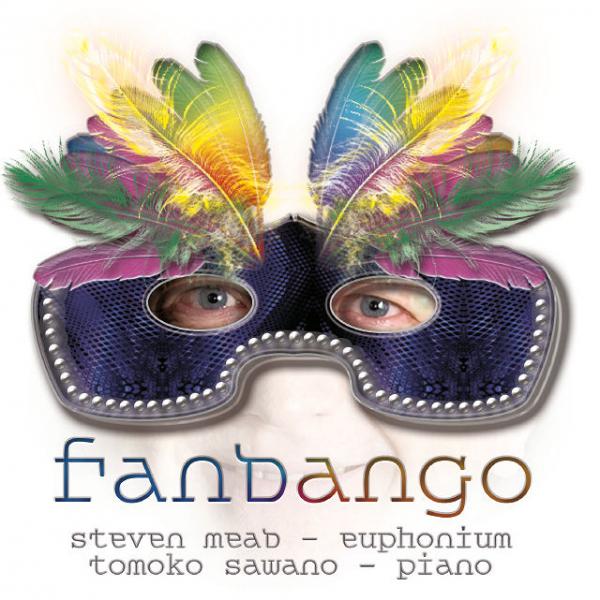
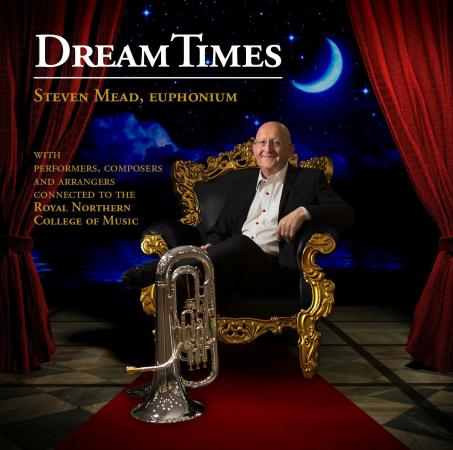
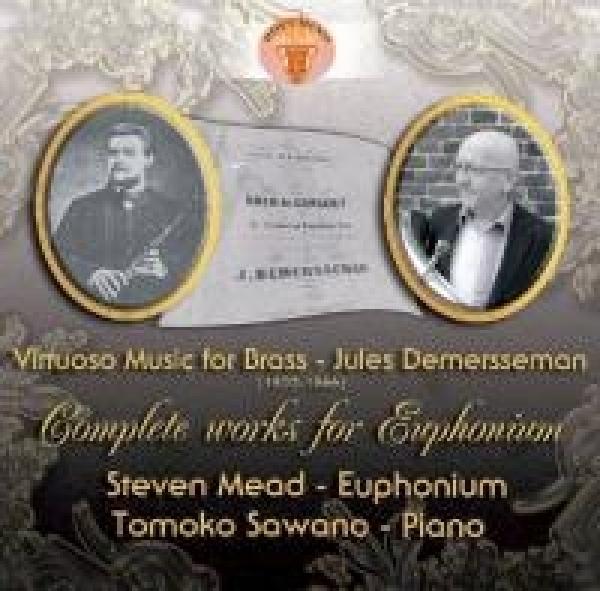

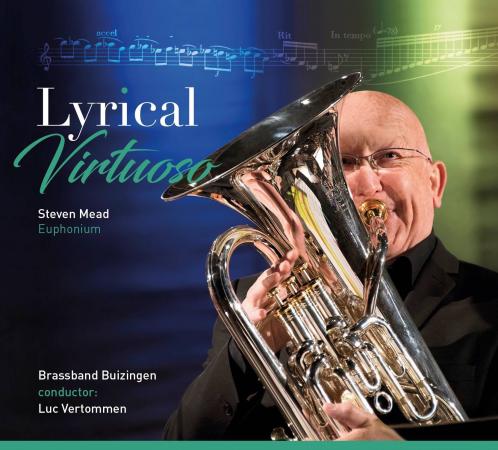
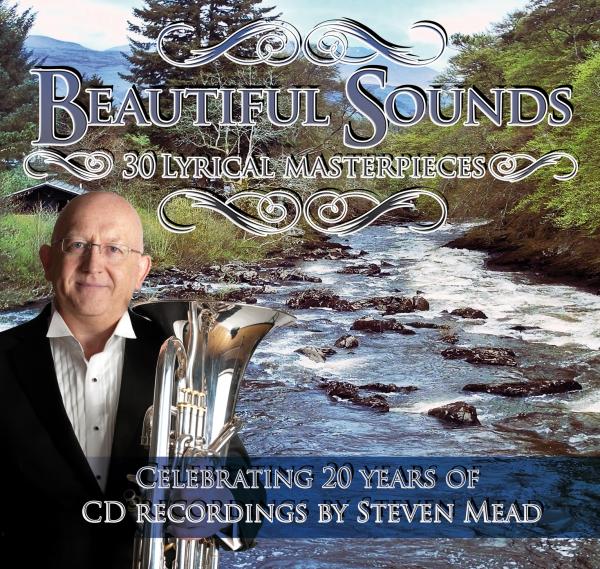
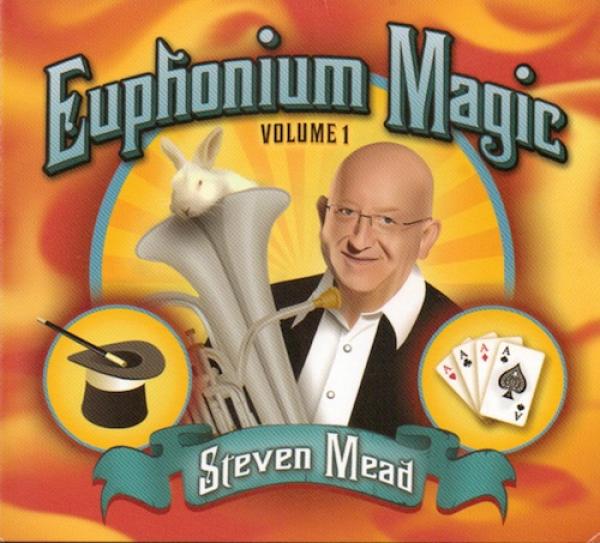
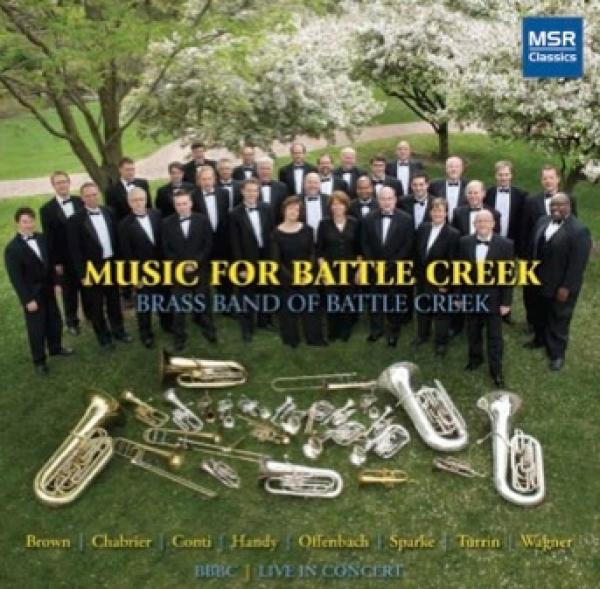

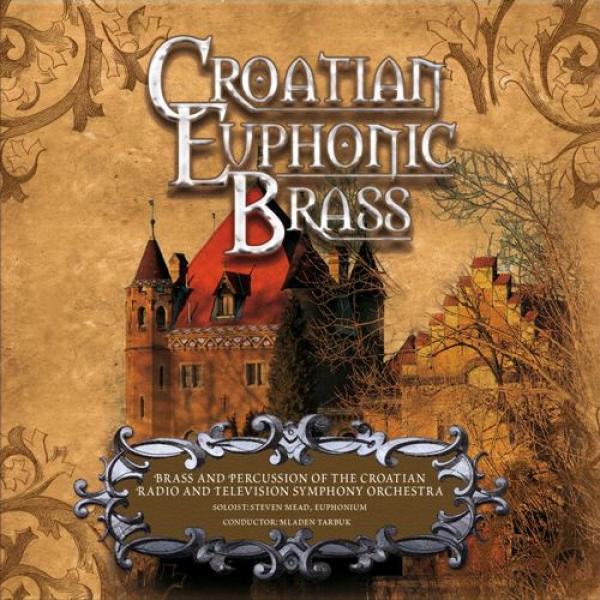
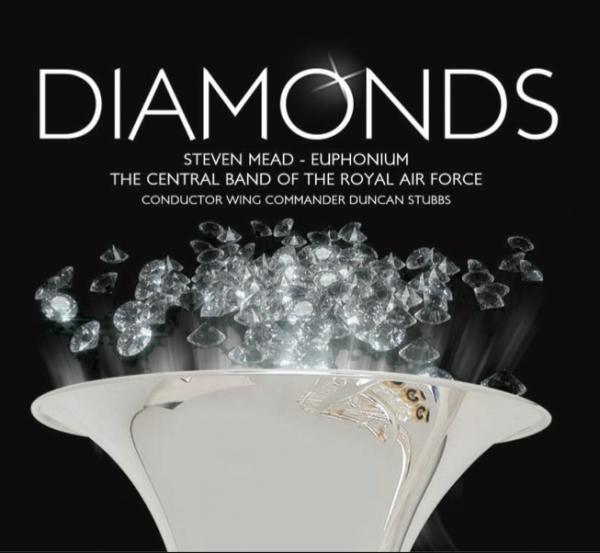
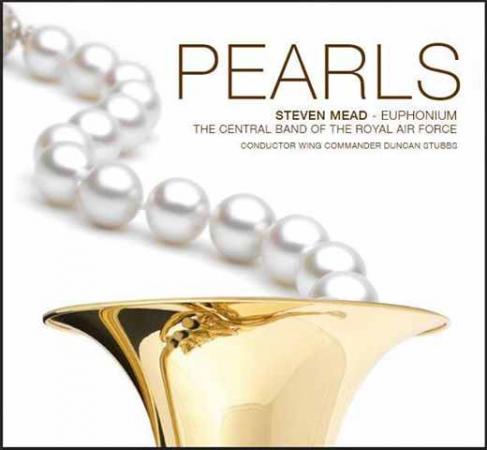
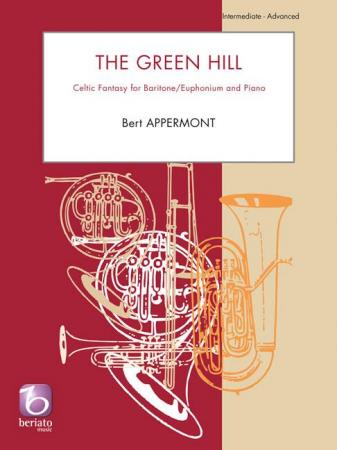

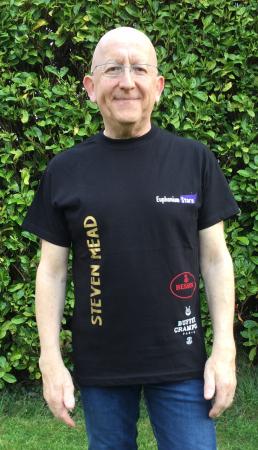
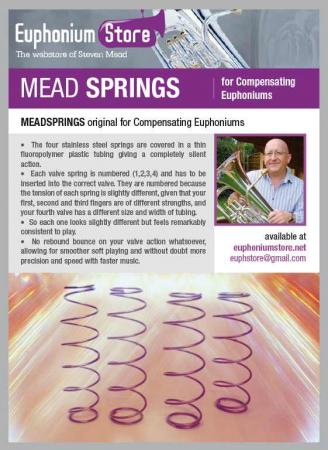
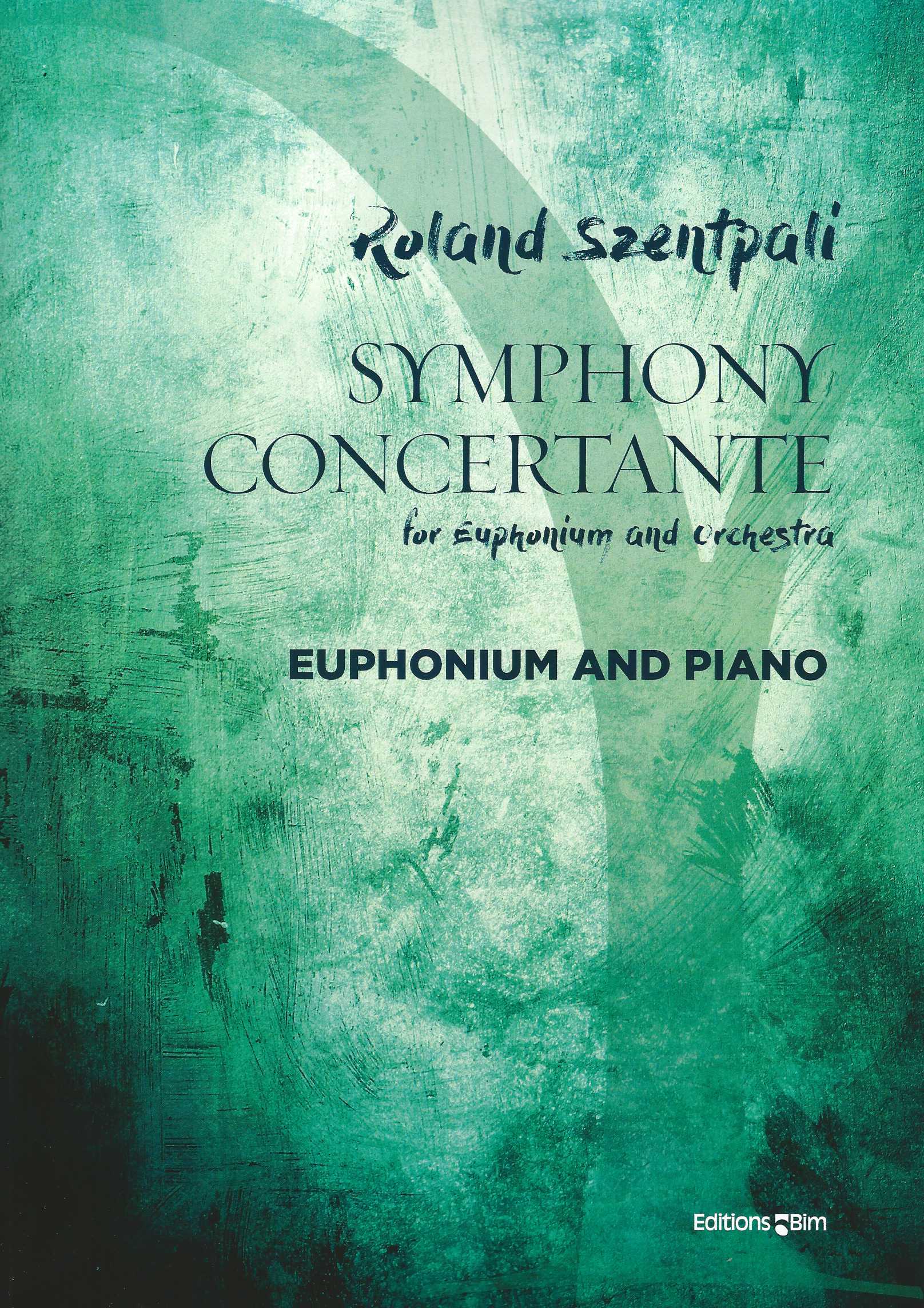
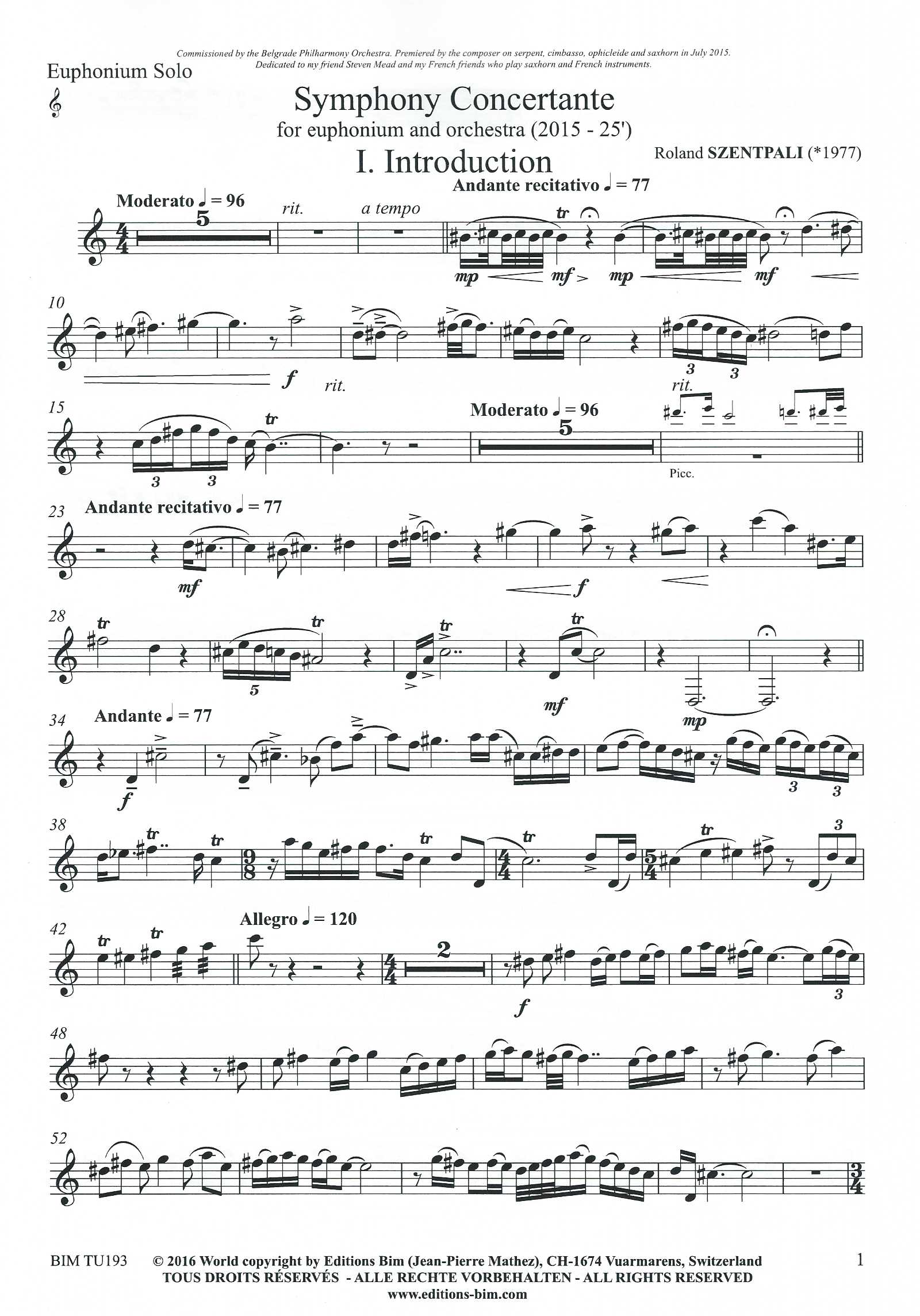
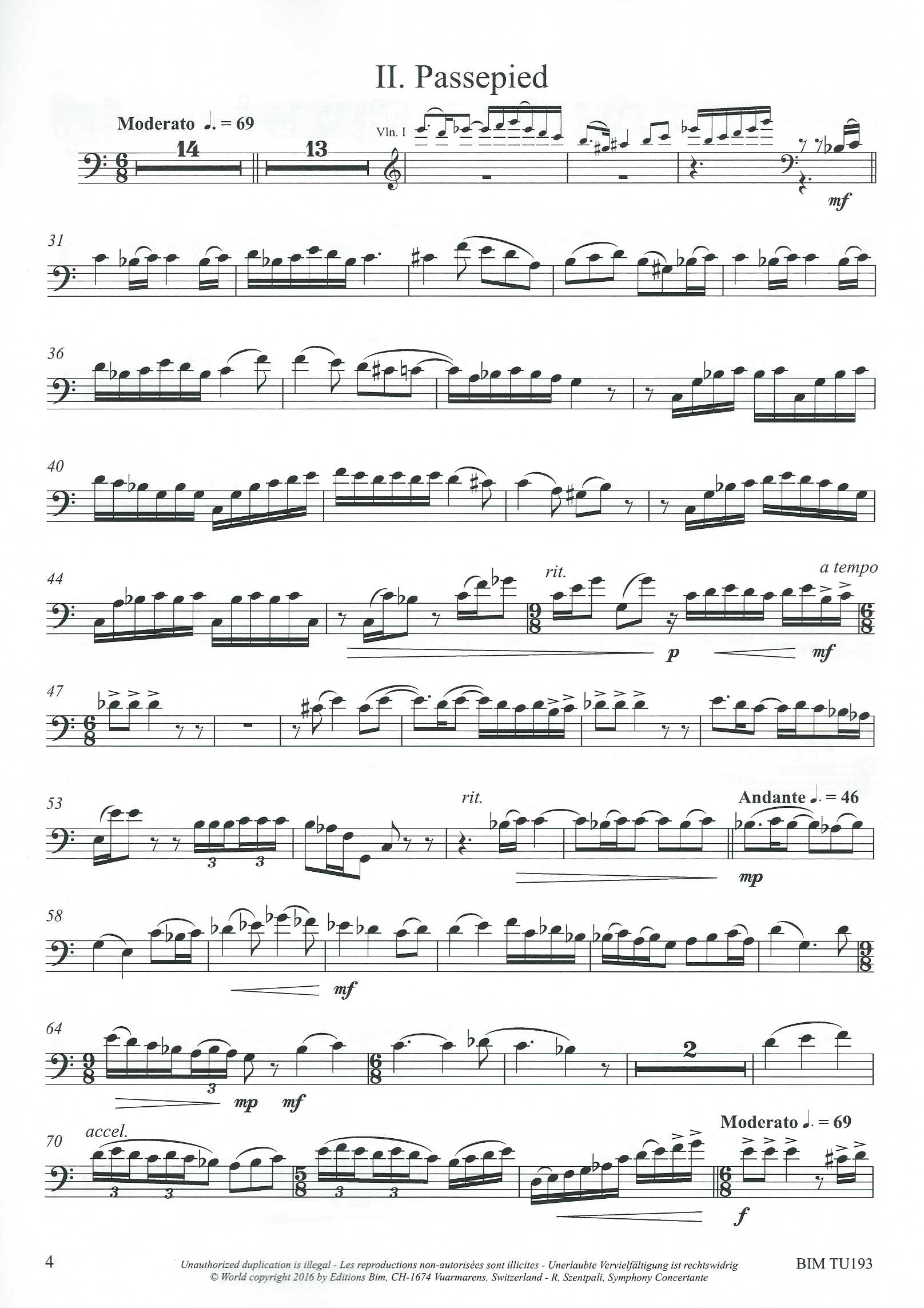
 In stock
In stock